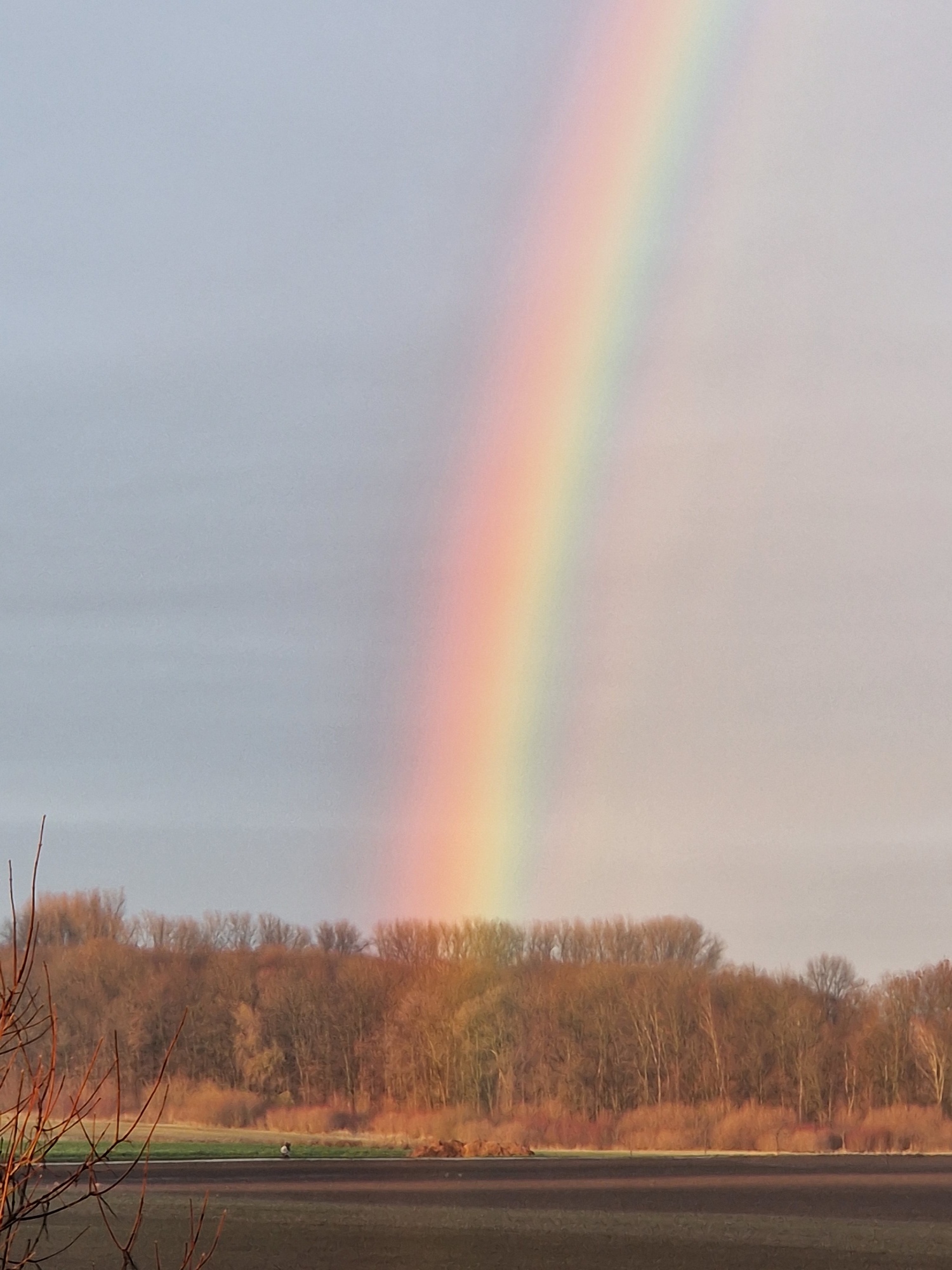Many people meditate in order that a third eye may open. For that they feel they should close their two physical eyes. They thereby become blind to the world. But the fact is that the third eye will never open. We can never close our eyes to the world in the name of spirituality. Self-realization is the ability to see ourselves in all beings. This is the third eye through which you see, even while your two eyes are open. We should be able to love and serve others, seeing ourselves in them. This is the fulfilment of spiritual practice.
Mata Amritanandamayi
Each member of Alcoholics Anonymous is but a small part of a great whole. A. A. must continue to live or most of us will surely die. Hence our common welfare comes first. But individual welfare follows close afterward.
Twelve Traditions of A.A. – Tradition 1
The unity of freedom has never relied on uniformity of opinion.
John F. Kennedy
This week, a friend asked me my opinion on the meaning of the First Tradition of AA: `Our common welfare should come first; personal recovery depends upon A. A. unity.´ It took some contemplation to get to the bottom of this seemingly simple statement. It needs to be viewed within the context of the emergence of the Twelve Step recovery movement, which now has many offshoots and comprises millions of recovering addicts throughout the world.
Shortly after Bill Wilson stopped drinking in 1934, he recognised that a key element of sustaining and strengthening his sobriety was to reach out to help others who needed a transformation like that which he had experienced. On a business trip to Akron, Ohio, the New York stockbroker found himself at a loose end, with a choice between going to the hotel bar or seeking a potential candidate for the recovery which was beginning to manifest in his own life.
Going instead to the lobby, he used the payphone to locate such a possible candidate, ringing a local clergyman for assistance. One thing led to another and the following day he sat down with a local physician who, having many times unsuccessfully attempted to quit drinking over the previous years, had resigned himself to the apparent hopelessness of his case. In fact, he had only agreed to meet the `helping hand´ from New York to placate his irate wife, stating that he would give him: `Fifteen minutes at most´.
When they met in mid morning on that warm June day in 1935, Dr Bob Smith was severely hungover. The two men greeted each other and retired to a room where they could be alone. Over eight hours later they emerged, both seemingly transformed by the experience. They had made a discover thy, namely that something unique happens when an alcoholic in recovery encounters another, especially one who, though still active in the addiction, is about ready to embark on the road to recovery.
Both men went on to live sober lives and, together, were instrumental in building the fellowship of A. A., a movement that has spread throughout the world and has spawned many related recovery programmes which help millions of people recover from their addiction or addictions, whether they be substance related or behavioural, or both.
The following six or seven years saw the fellowship grow very slowly, fuelled by word-of-mouth. Groups sprung up in Akron, Cleveland, and New York. This motley crew of newly sobered drunks was beset by financial challenges, personal disappointments, depression, and wrangling among themselves.
Breaking through the widely held prejudices and discrimination in mainstream society, especially the religious bodies, the print media, and the medical profession – in order to spread the `good news´ that `there was, after all, a solution,´ – proved to be a momentous task which tried the nerves of the protagonists involved in these early days. Quarrels led to people walking away which, in turn, often ended in relapse and sometimes even death.
By a combination of perseverance and good luck – the writing of the so-called Big Book and some favourable articles in the national press, the memberships numbers began to grow quickly from the mid 1940’s. This growth brought a whole new set of challenges in its wake. How could the key ingredient of the solution, i.e. the unity that arises when two alcoholics meet, eye-to-eye, in the imperfection of their mutually `failed lives´ and they work together to turn lead into gold; how could this unity be preserved as the fellowship rapidly grew and spread around the world?
The programme of recovery had been formulated in the Twelve Steps which were published in the Big Book in 1939. They can be described as a set of guidelines which, if thoroughly followed, would prevent the alcoholic from killing her/himself. These guidelines are sometimes abridged in the invocation: `Trust God, clean house, help others´.
A further stroke of genius followed in 1946 when the fellowship published the Twelve Traditions; a set of guidelines as to how the recovering alcoholics should best conduct themselves when interacting with each other, in the now much larger organisation still experiencing explosive growth. Some would humorously contend that the Twelve Traditions are there to `prevent us from killing each other´.
For it had not been lost on these individuals that all previous movements dedicated to solving the `alcoholic problem´ had come to grief due to infighting, schisms and, ultimately, implosion. If A.A. were to succeed, unity had to be preserved at all costs, and cultivated like a beloved and precious plant, season by season, throughout the years.
In preparing my thoughts for this essay, it struck me for the first time that the term `unity´ is embedded in the word `community´. The healing experience of recovery is a community experience. When we arrive, hopeless and apparently broken beyond repair, we are lovingly taken in by those who know our predicament, for they had been at that turning point and had overcome their state of bondage. When they helped us, all they asked is that we `pay forward´ to the next wave of those who needed the solution, that which we were so freely given.
In this manner the torch has been carried for over eighty years and is still being carried, bright and vibrant, today. We smile inwardly when we see 51%/49% decisions being celebrated and pushed through in worldly affairs. In our fellowship, we know that such behaviour would be a recipe for future resentments and rancour, so when it comes to our internal affairs, we go back to the table and work out a solution which will have the backing of a much larger segment of those involved, preferably even working towards unanimity where possible. Such processes take time; it is time we are prepared to invest.
For we know that we need each other, not as a matter of social niceties, but as a matter of life and death. Our unity does not require or stipulate uniformity of opinion. This is a good thing as we tend to be a little like cats; we are each often proud of our `unique´ opinions and even rogue attitudes, and our temperament doesn’t lend itself to being herded.
What is etched on our psyches and ingrained in our hearts is that we would never have made it alone and that, once we found or were granted the humility to ask for help, it was freely available to us, no strings attached. Such a treasure, once found, in worth keeping, whatever it takes.
As the South African proverb goes: `If you want to go fast, go alone; if you want to go far, go together´.








